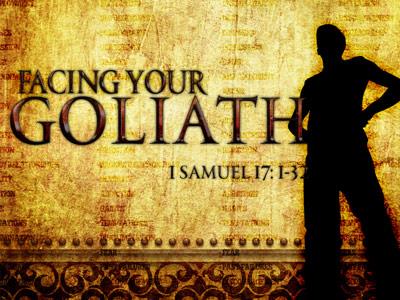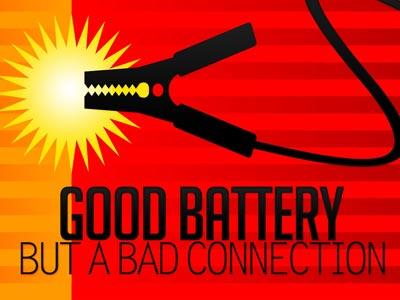-
Exodus 4 Series
Contributed by John Lowe on May 7, 2022 (message contributor)
Summary: Moses objects because he believes that the people would not ACCEPT his word unless he showed them some sign. God gives him the power to work miracles.
Ex 4:1-5.
Moses's rod is turned into a serpent.
Ex 4:6-9.
His hand is leprous.
Ex 4:10-12.
He is loath to be sent.
Ex 4:13-17.
Aaron is appointed to assist him.
Ex 4:18-20.
Moses departs from Jethro.
Ex 4:21-23.
God's message to Pharaoh.
Ex 4:24-26.
Zipporah circumcises her son.
Ex 4:27-28.
Aaron is sent to meet Moses.
Ex 4:29-31.
The people believe them.
Exodus 4:6-9
HIS HAND IS LEPROUS.
Lesson Text, Ex. 4:6-9 (Roboto Cond. Med.)
6Then the LORD said, "Put your hand inside your cloak." So Moses put his hand into his cloak, and when he took it out, the skin was leprous—it had become as white as snow.
7 "Now put it back into your cloak," he said. So Moses put his hand back into his cloak, and when he took it out, it was restored, like the rest of his flesh.
8Then the LORD said, "If they do not believe you or pay attention to the first sign, they may believe the second.
9But if they do not believe these two signs or listen to you, take some water from the Nile and pour it on the dry ground. The water you take from the river will become blood on the ground."
Introduction
Moses objects because he believes that the people would not ACCEPT his word unless he showed them some sign. God gives him the power to work miracles. However, those who are now employed to deliver God's messages to men do not need the power to work miracles: their character and doctrines are to be tried by that word of God to which they appeal. These miracles mainly referred to the miracles of the Lord Jesus Christ. It belonged to Him only to cast the devil's power out of the soul and heal the soul of the leprosy of sin; and so it was for Him first to cast the devil out of the body, and heal the leprosy of the body.
Commentary
6Then the LORD said, "Put your hand inside your cloak." So Moses put his hand into his cloak, and when he took it out, the skin was leprous—it had become as white as snow.
The Second Sign appeared when the other hand became covered with leprosy like snow, referring to white leprosy (see Leviticus 13:3). - "Was turned again as his flesh;" i.e., was restored, became healthy, or clean like the rest of his body. So far as the meaning of this sign is concerned, Moses' hand has been explained in a perfectly random manner as representing the Israelitish nation, and his bosom as representing first Egypt, and then Canaan, as the hiding-place of Israel. If the shepherd's staff represented Moses' calling, the hand directed or ruled the calling. It is in the bosom that the nurse carried the sucking child (Numbers 11:12), the shepherd the lambs (Isaiah 40:11), and the sacred singer the many nations, from whom he has suffered reproach and injury (Psalm 89:50). So Moses also carried his people in his bosom, i.e., in his heart: of that his first appearance in Egypt was proof (Exodus 2:11-12). However, now he was to set his hand to deliver them from the reproach and bondage of Egypt. He put his hand into his bosom, and his hand was covered with leprosy. The nation was like a leper who defiled everyone that touched him. Leprosy represented not only "the servitude and contemptuous treatment of the Israelites in Egypt," but the impurity of the Egyptians also, or rather the uncleanness of Egypt in which Israel was settled. This Moses soon discovered (cf. Exodus 5:17.), and on more than one occasion afterward (cf. Numbers 11); so that he had to complain to Jehovah, "Wherefore hast Thou afflicted Thy servant, that Thou layest the burden of all these people upon me?...Have I conceived all these people, that Thou shouldest say to me, Carry them in thy bosom?" (Numbers 11:11-12). Nevertheless, God had the power to purify the nation from this leprosy and endow His servant Moses with that power. At the command of God, Moses put his hand, now covered with leprosy, once more into his bosom and drew it out entirely cleansed. This was what Moses was to learn by the sign, while Israel also learned that God both could and would deliver it, through the cleansed hand of Moses, from all its bodily and spiritual misery. The object of the first miracle was to exhibit Moses as the man whom Jehovah had called to be the leader of His people; that of the second, to show that, as the messenger of Jehovah, he was furnished with the necessary power for the execution of this calling. In this sense, God says, in Exodus 4:8, "If they do not hearken to the voice of the first sign, they will believe the voice of the latter sign." A voice is ascribed to the sign as being a clear witness to the divine mission of the person performing it. (Psalm 105:27).

 Sermon Central
Sermon Central



